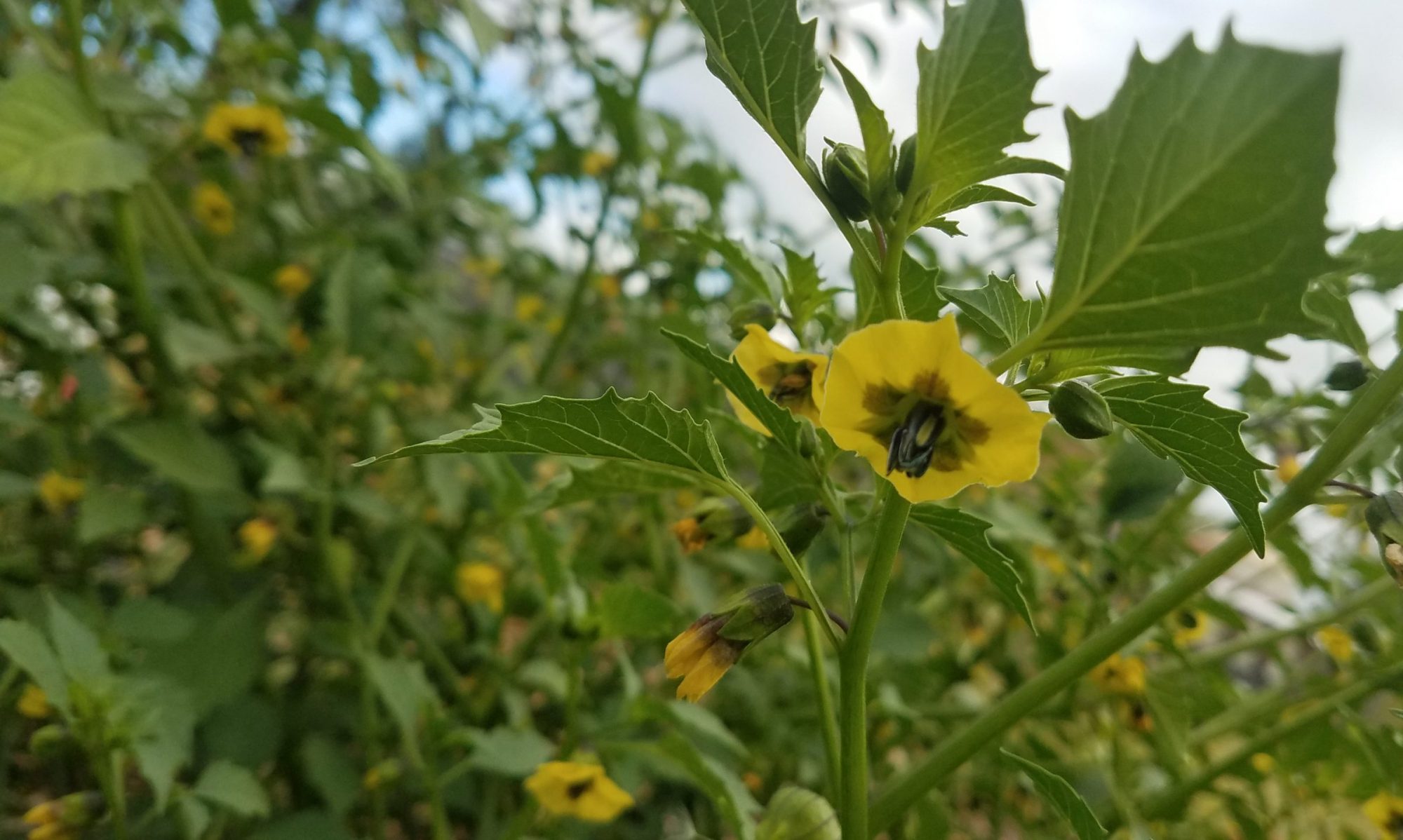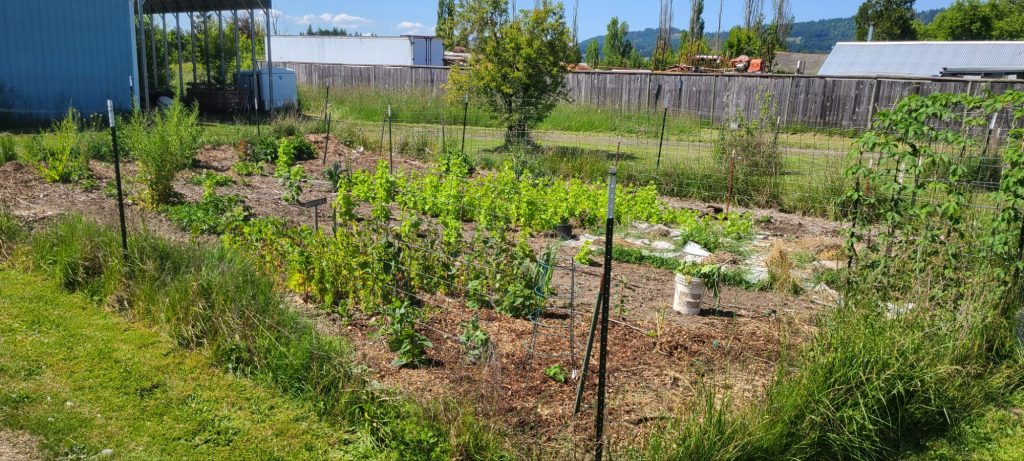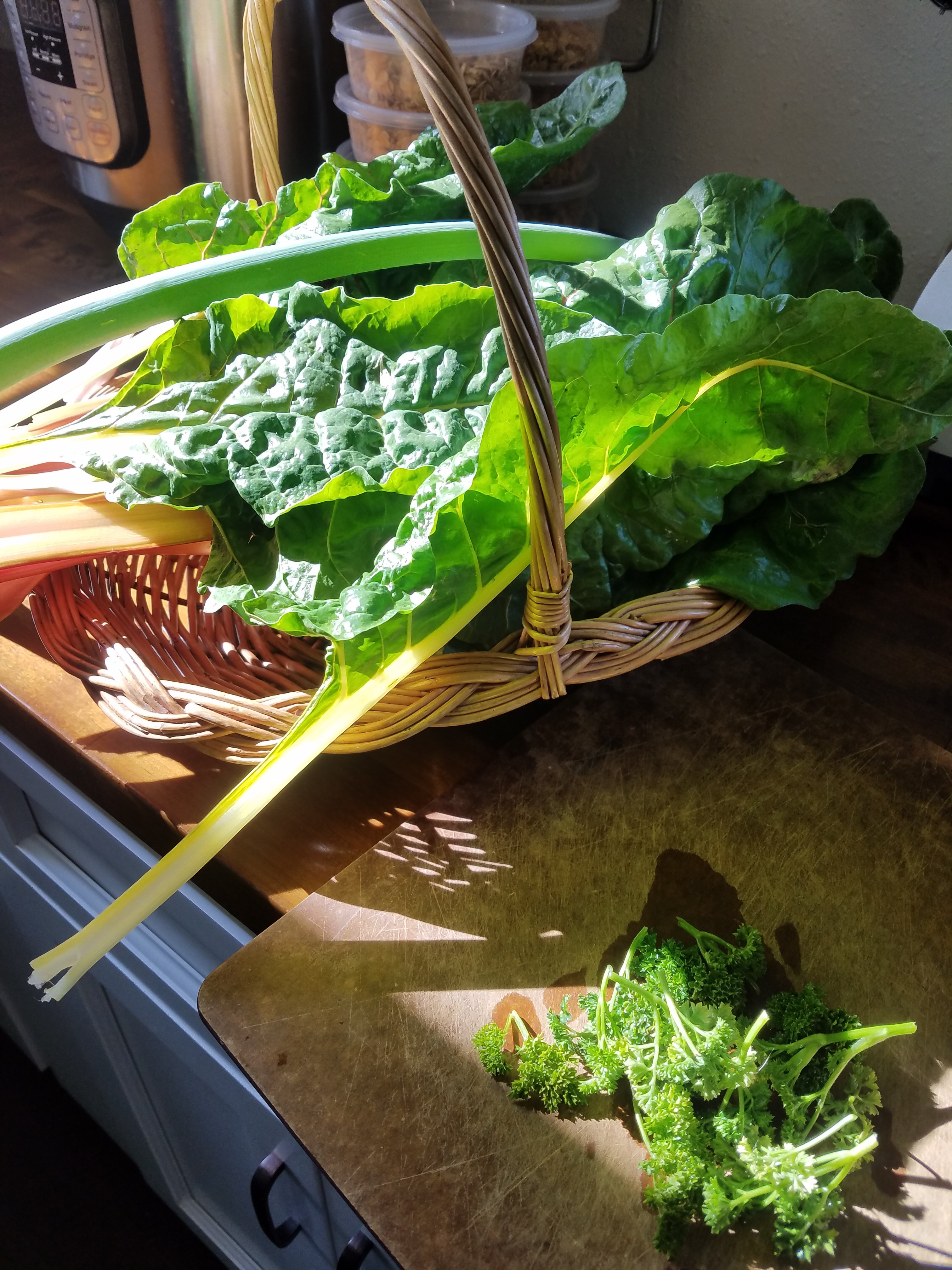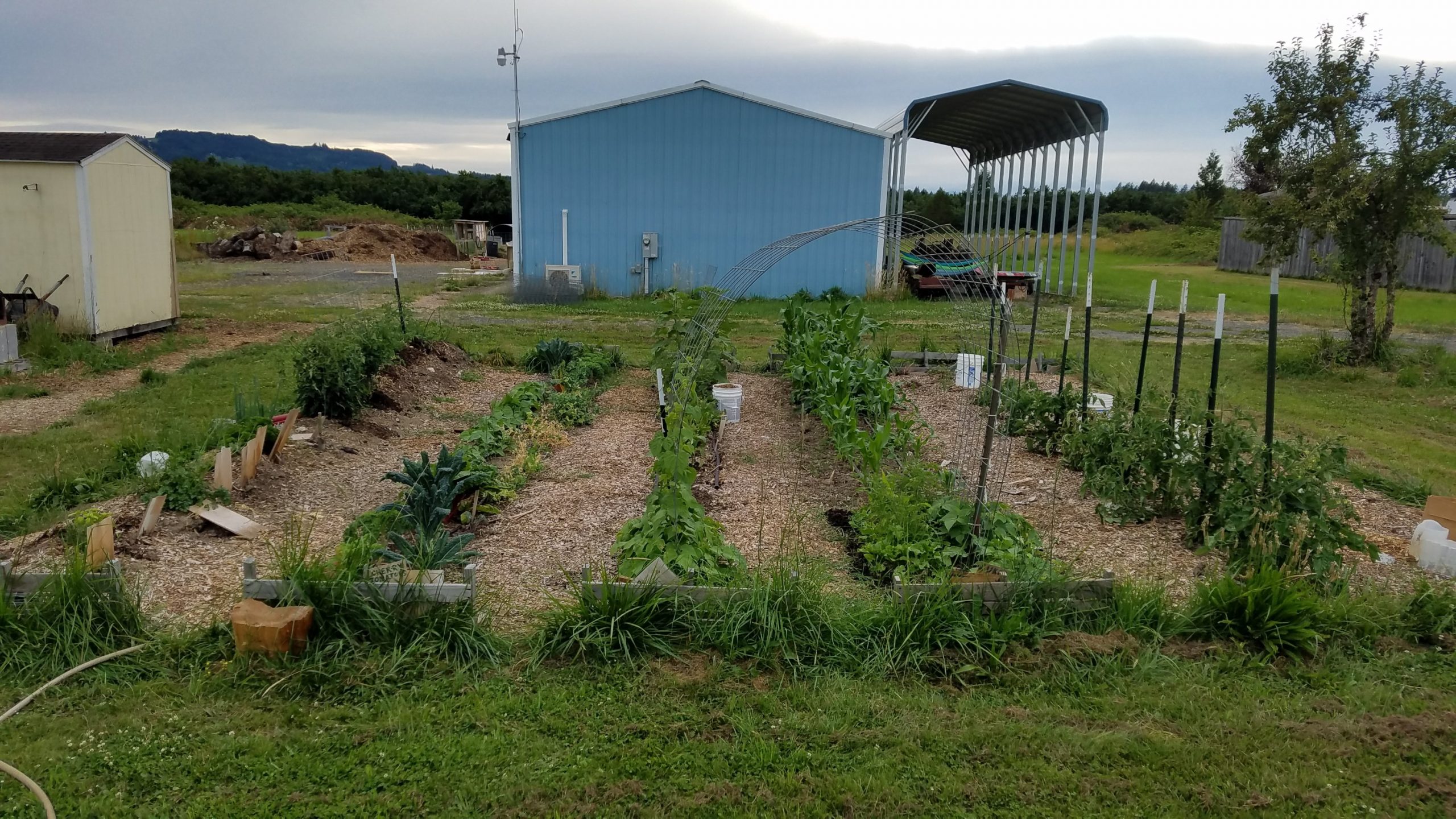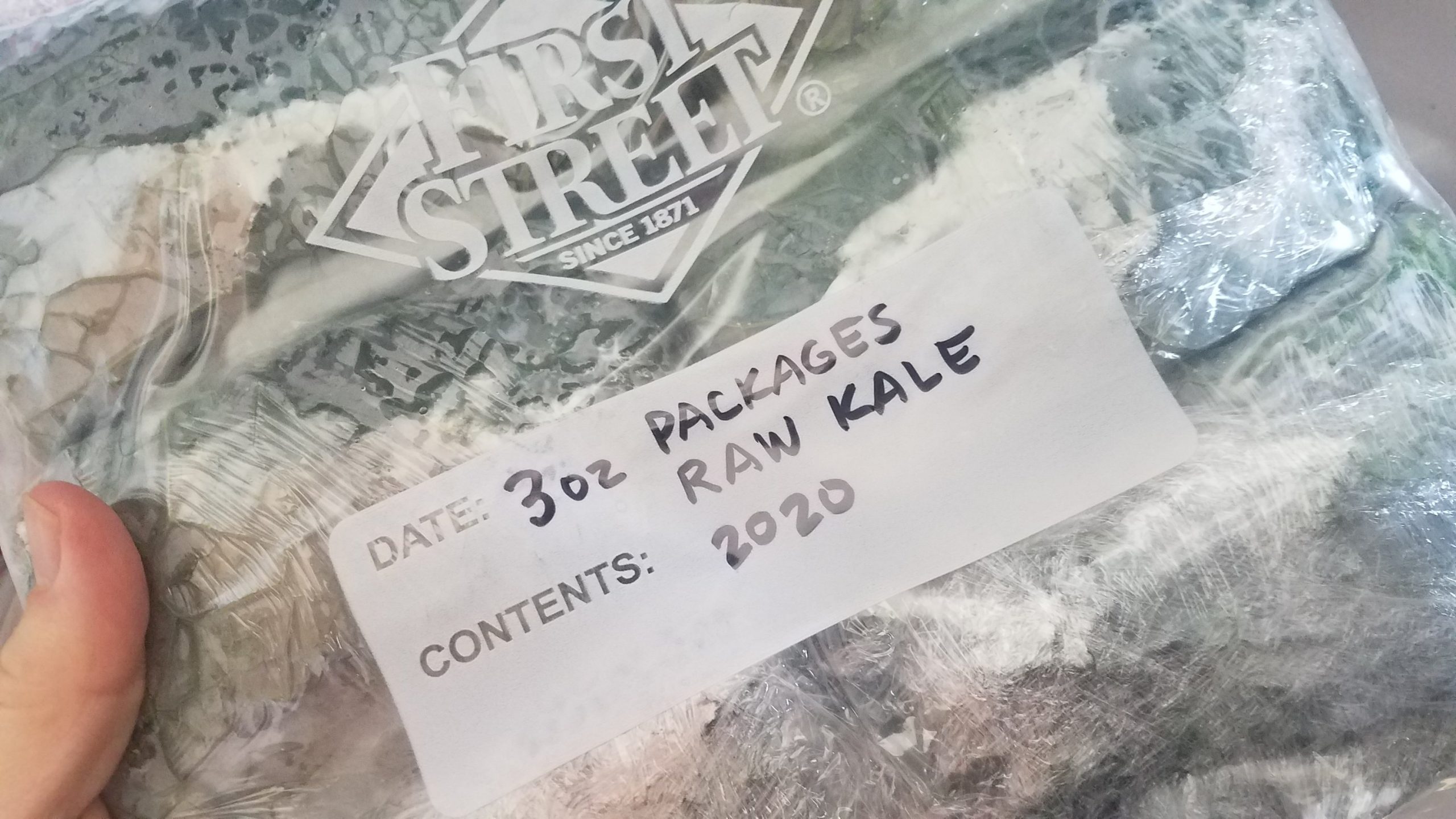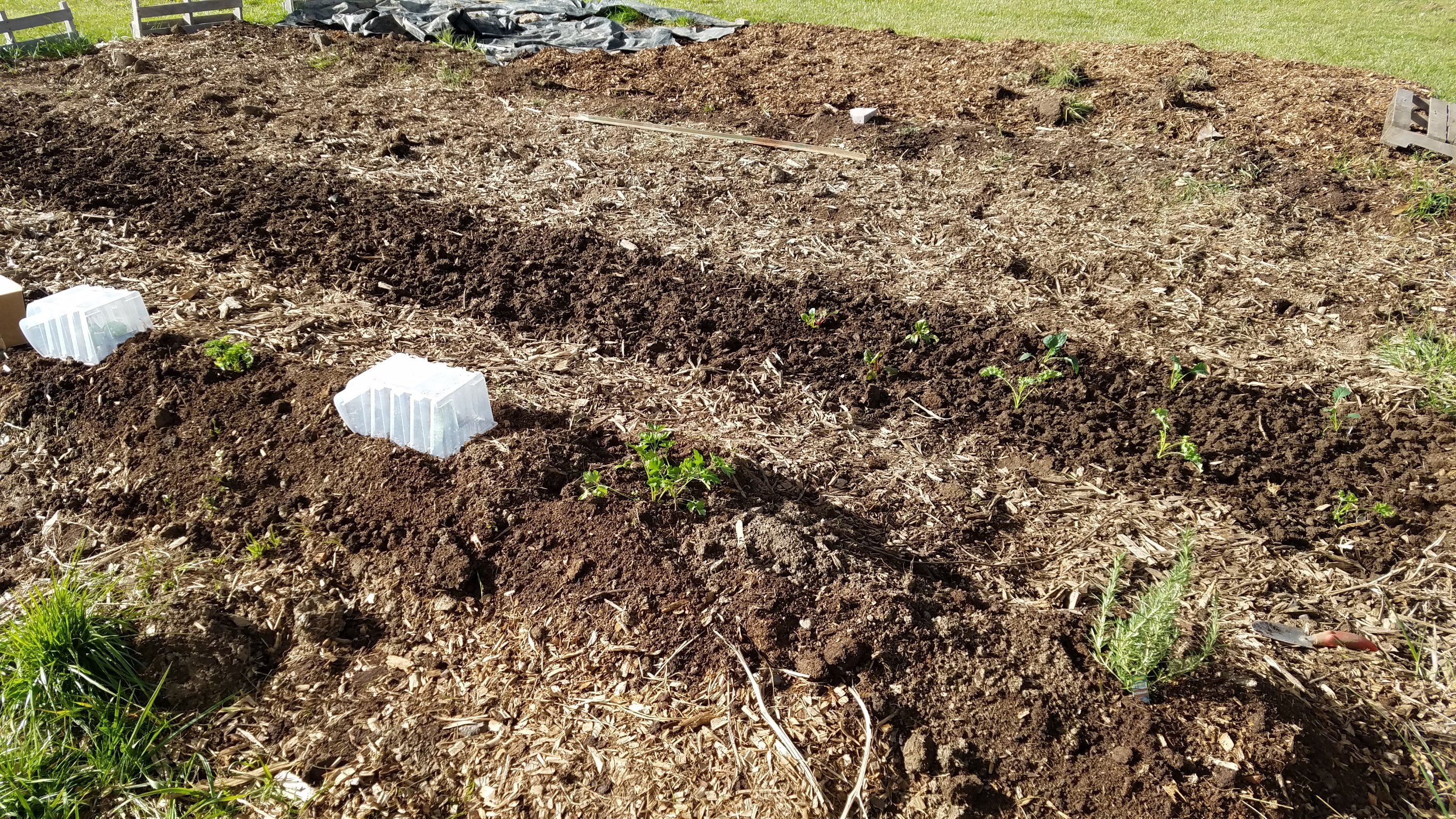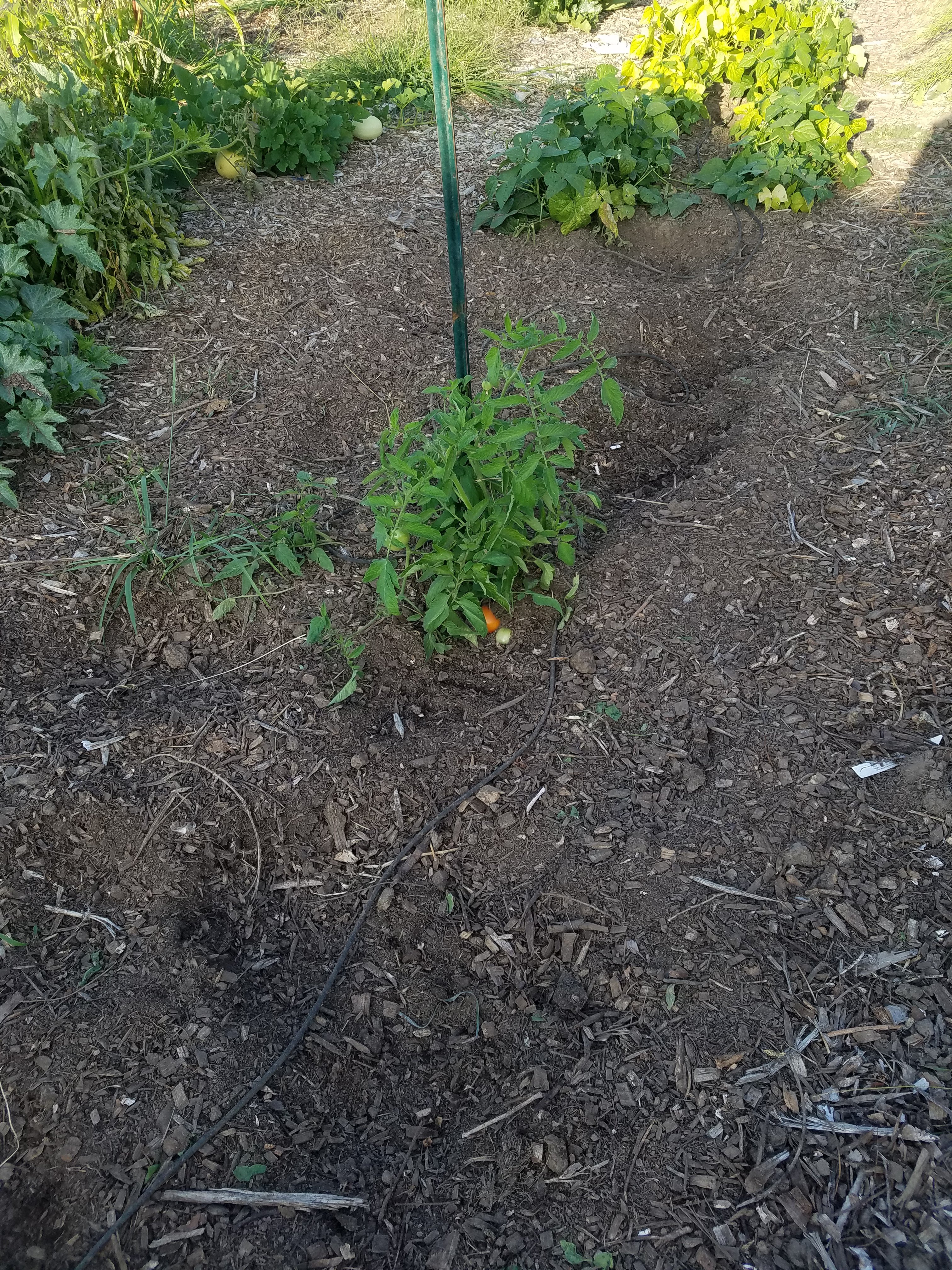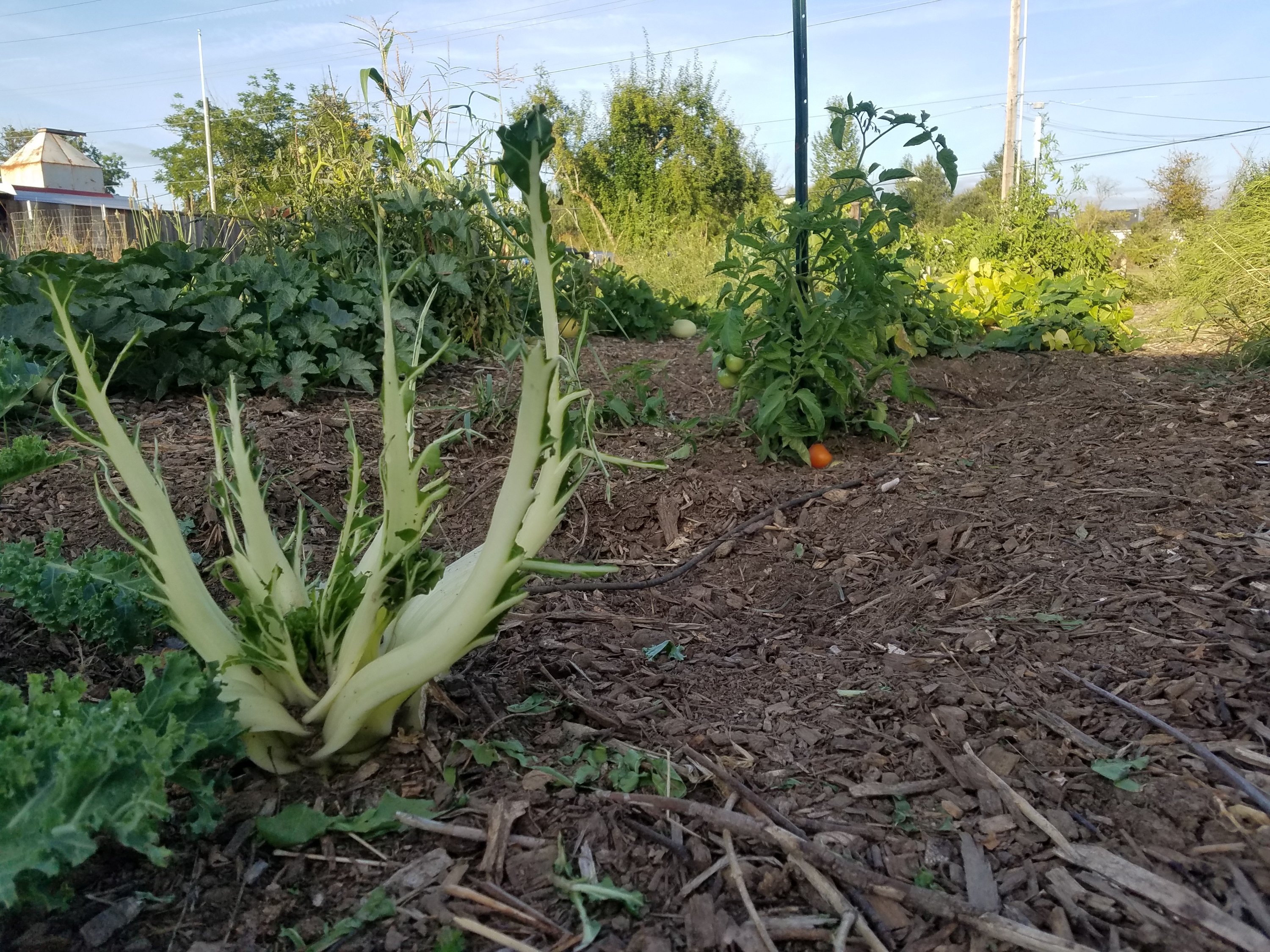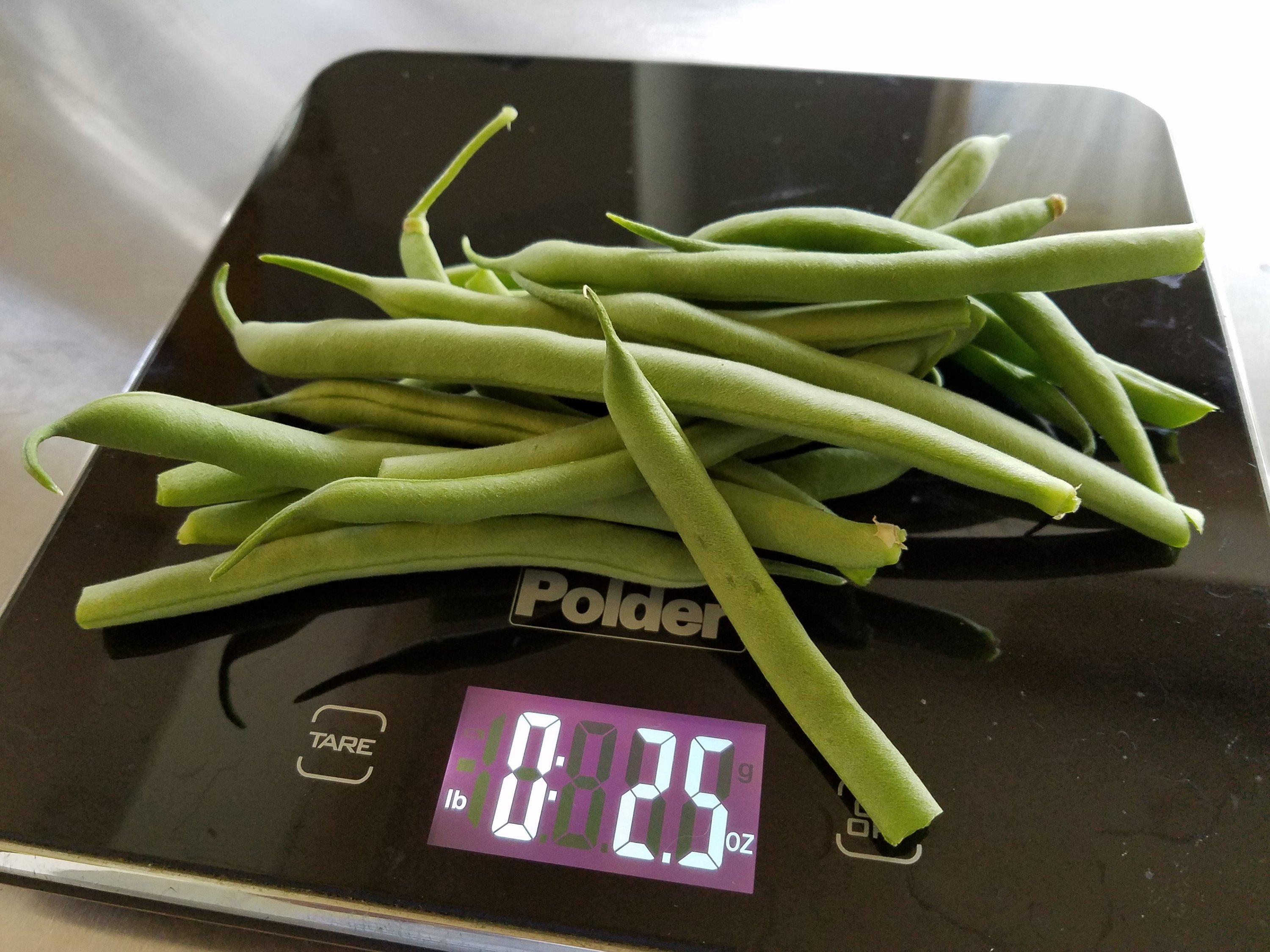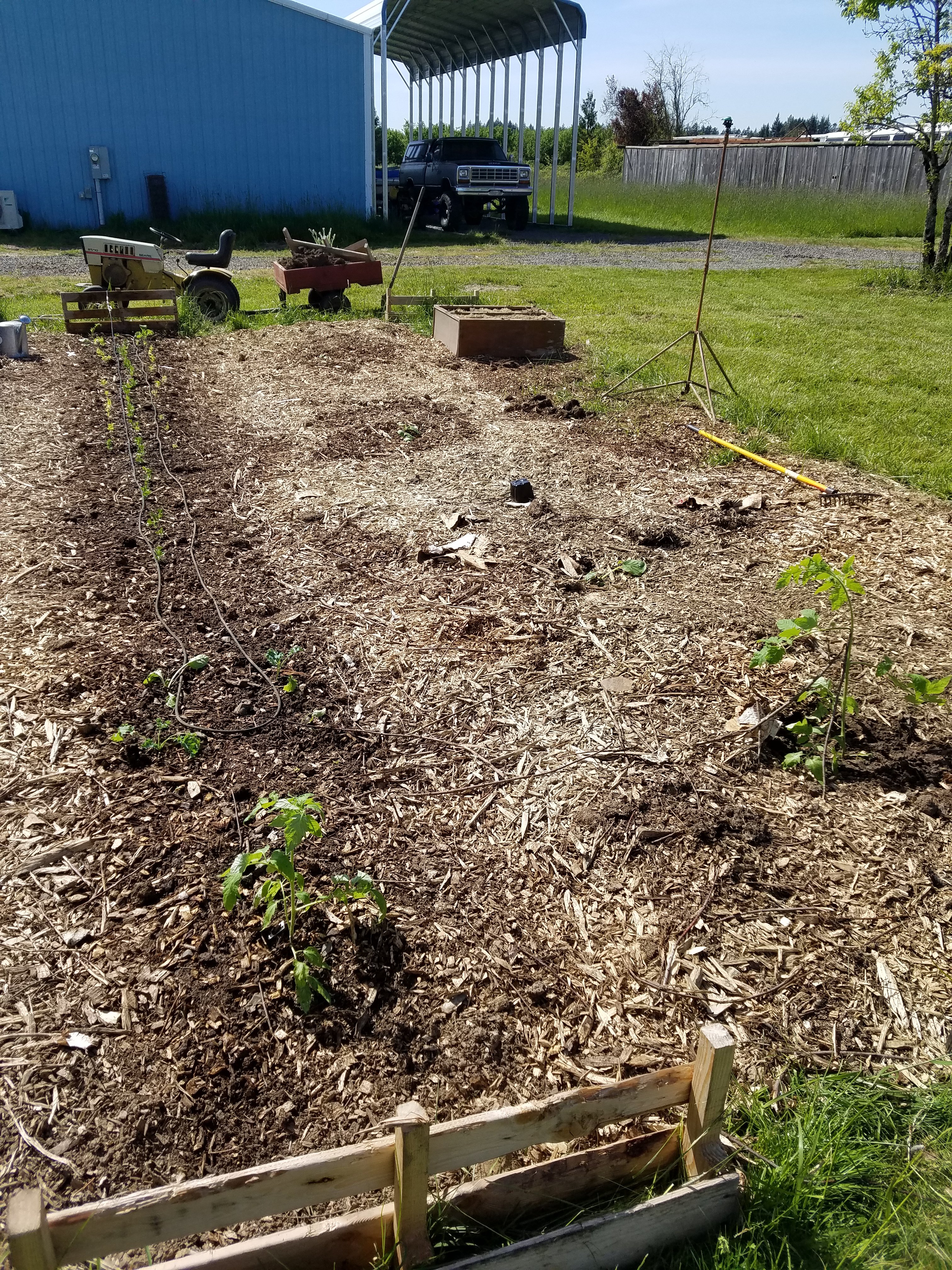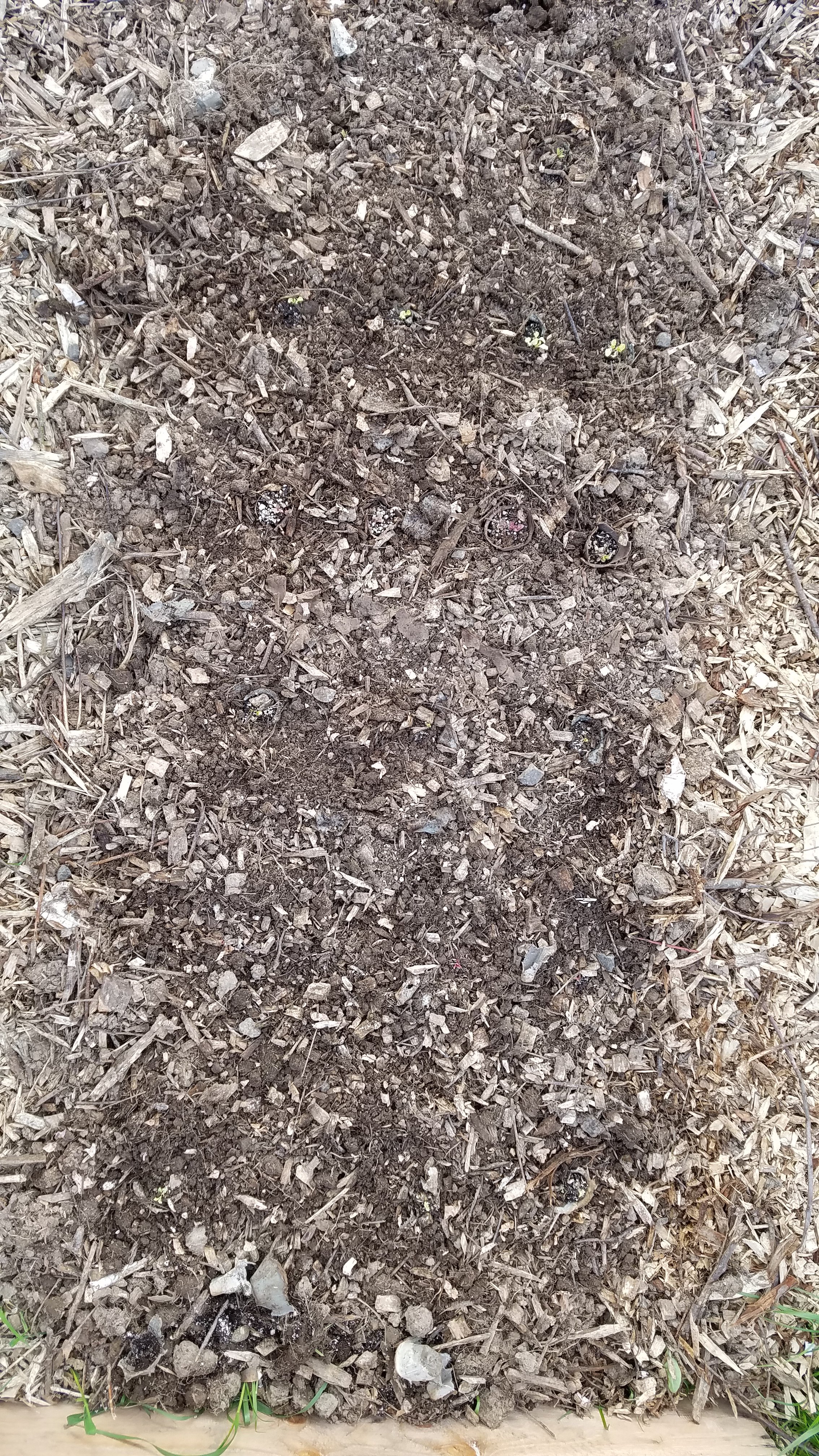I have a kale goal:
I want year-round kale.
That means that I have to plant kale seed indoors in the winter, so that when our over-wintered kale goes to seed (which it did last week) we can set out the new baby kale.
I did that. I planted my seed in early February, then killed it late February. I started more seeds in early March, but the plants are as teeny tiny as the lovely, lush Central American country of El Salvador.
We are eating our flowering kale like it’s broccoli, because it looks exactly like broccoli. I’ll steam it, then put a half pat of butter on it.
Because of my singular kale goal, I had to say goodbye to our last two turkeys. They were sweet, but the kale was their favorite treat. It was at beak level, and they nipped off every fresh leaf, every day this winter, leaving us NONE leafs of kale! We have a fenced back pasture, but turkeys can fly 10+feet, and no fence can hold them.
We have some fun varieties of chard and other greens that we’ll be growing along with our kale. The more greens, the better.
I’ll share one more goal. I want to eat fresh from our garden 365 days a year. I think I might make a little sign for our house that’s like “_____ Days Since Last Safety Incident” (but for Days We’ve Eaten From Our Garden) just to see if we can eat from our garden every day this year. I think we can do it.
